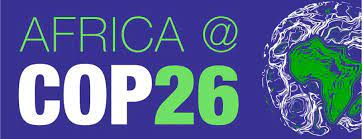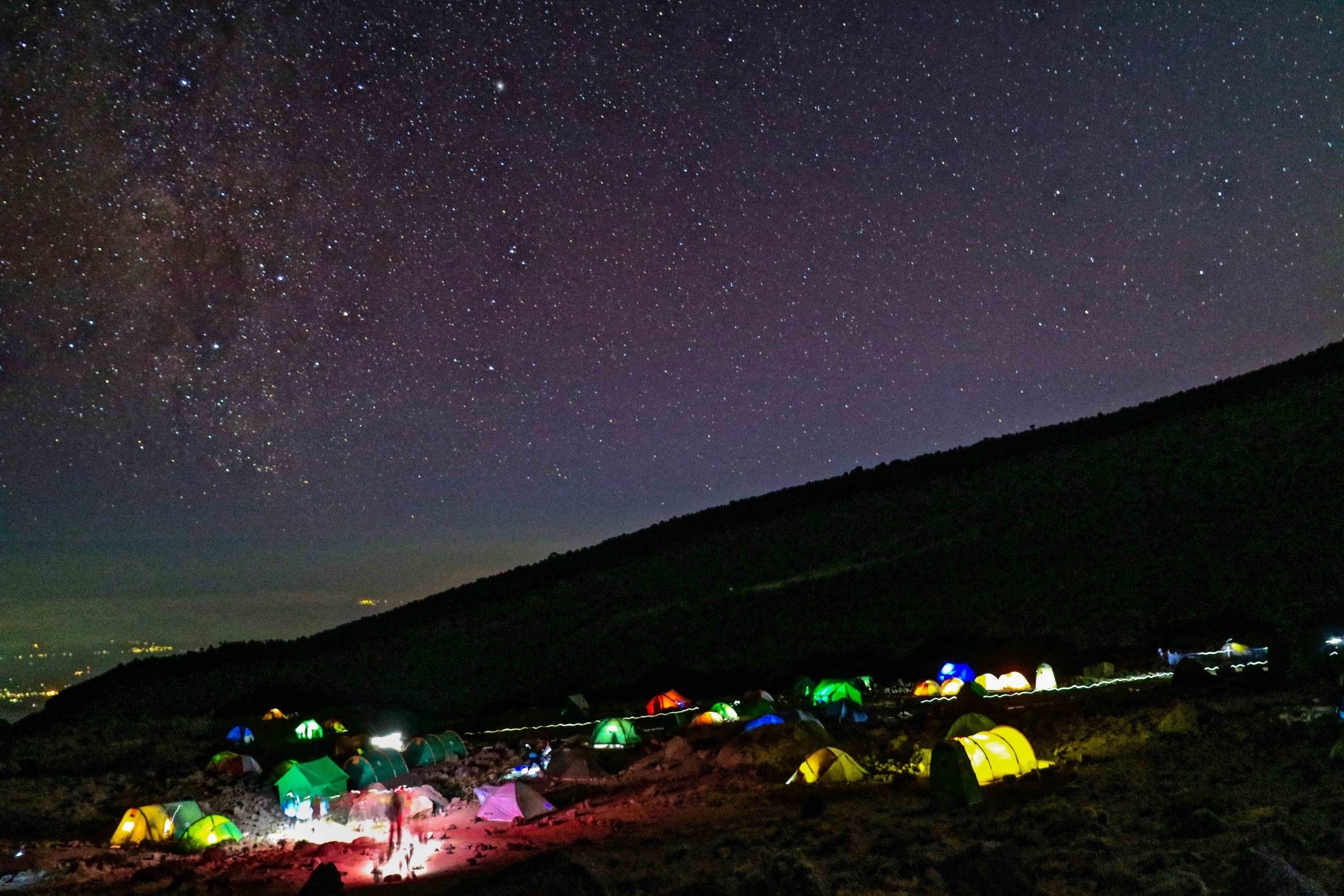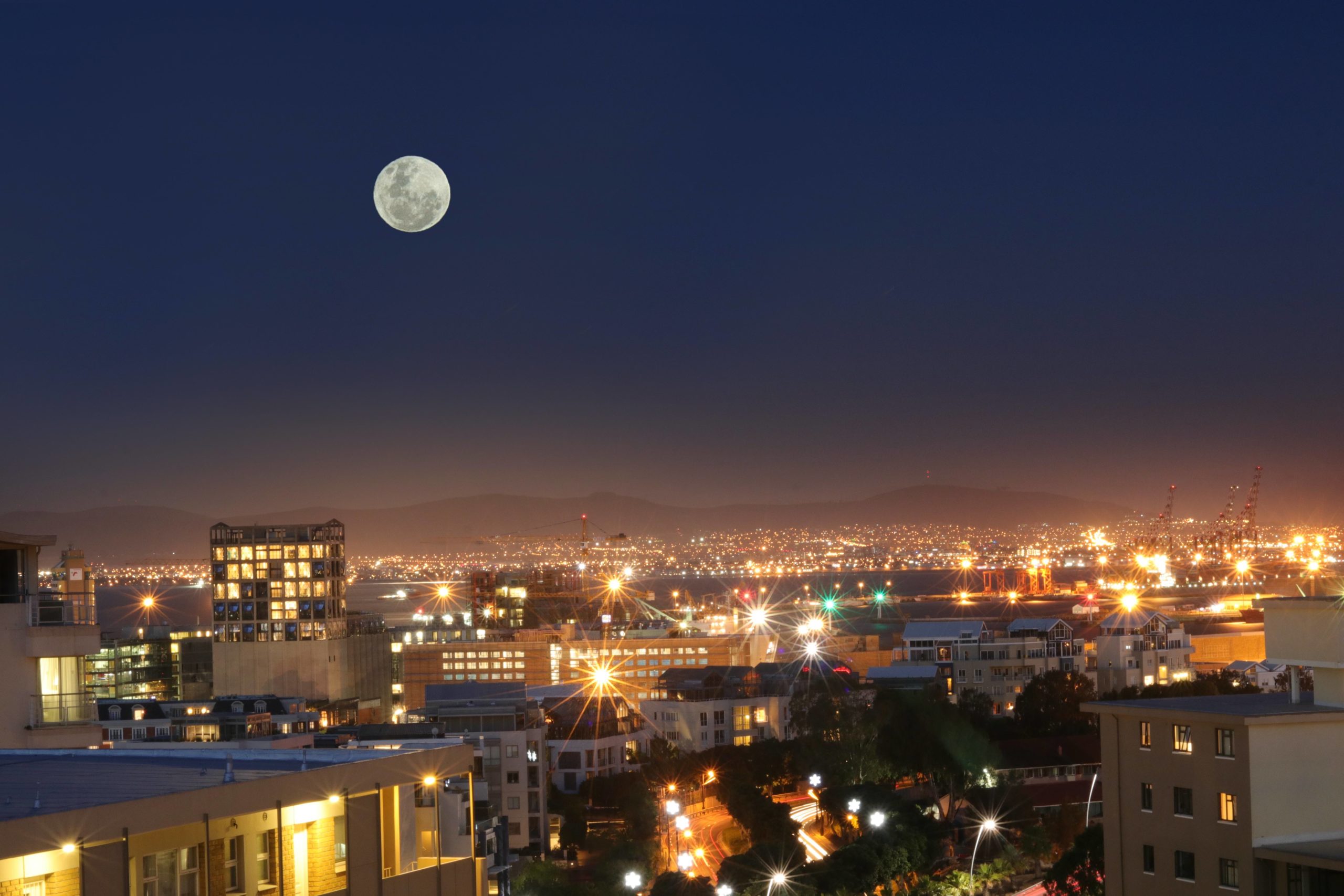
The just-concluded COP26 global negotiations on greenhouse gas emissions reduction targets have been fraught with challenges arising from cultural clashes and differing economic development trajectories.
Although there is agreement on the need for a change towards sustainable production systems, the availability of affordable clean technology is not yet ubiquitous, especially for low-cost clean technology alternatives. Net-present value and total lifecycle cost analysis improve the understanding of the dangers that arise from the status quo but do not address the dangers that arise from the rapid rate of technology obsolescence and structural unemployment.
Growth is an inherent part of natural processes. When we are born we aim to eat a balanced and nutritious diet to grow tall and healthy. When we learn we aim to grow our knowledge and skills. When we plant trees or care for animals, we want them to grow and prosper. When we start a business we are trained to grow profits and the number of employees. Hence, the construct that sustainability must be focused on limited growth creates a mental clash between what we have been trained and learned to expect as healthy over centuries. Many are challenged by foreign definitions of finite resources that have not been reconciled with local valuations of how resources should be allocated.
What emerges from the debates is a clear message that the socio-cultural challenges we face are the true root of the innovation which needs to happen. In other words, net-zero emissions targets cannot be attained if we do not first set net-zero poverty targets and net-zero structural unemployment targets, and net-zero cultural destruction targets, etc.
Nobody who is living wants to be declared obsolete simply because there is a crisis. The better goal is to be told how one’s assets, skills, and cultural heritage should be used towards accelerating transition solutions.
The political COP26 negotiations are over but the local adaptation trade-off analyses are just beginning. The United Nation’s Africa Renewal magazine will enable a global audience to remain informed of the post-COP26 priorities from the perspective of African people. Looking ahead requires a transformation of nomenclature from Africa as The Dark Continent to Africa as The Continent of Light where students use lightbulbs and electricity to study on their internet-connected computers at night. This is a basic modern necessity and human right.

Photo courtesy of Tom Clearly
Concerning science and technology innovation, Africans have a competitive knowledge advantage in biodiversity and regenerative processes. What has previously been a cause for snide remarks about “underdeveloped people” is now an asset because the lack of industrialization means there are no entrenched industrial dynamics to dismantle.
Process efficiency can be created using observed biomimicry. The ventilation tunnels in termite mounds are already being used to design passive cooling systems in modern buildings such as Eastgate Mall in Harare, Zimbabwe, and the Startup Lions education campus in Turkana, Kenya. Biomimetic architecture can continue to develop by studying baobab trees, acacia branching, vernacular thatched roofing and Nubian vaults, and giraffe energy efficiency.

Photo courtesy of Garthe Manthe
At the chemical level, sustainability can be defined by natural enzymes found in plants and microbial processes instead of chemically engineered substances that need to be verified for biocompatibility. Atom efficiency can be approached as green physics or green chemistry or a combination of both disciplines. Pioneers such as Hillary Ng’weno did not have employment in their chosen field of physics but younger generations can apply their skills in Fablab networks focused on micro-science and nano-technology. Synthetic biology is now a desktop-enabled research proposition thanks to CRISPR machines and portable laptops. African innovation can shift away from exotic attempts to engineer goats with spider silk in their milk and towards repairing genetic damages from chemical toxins and pollutants.
Renewable energy solar systems are not yet optimized for heavy-duty manufacturing but steam energy can be easily generated by channeling heat exhaust from circular production systems such as agri-food processing and beverage making. Breweries can use reverse osmosis techniques to purify processing waste and create affordable clean water. Fruit trees, apiculture, and sericulture are ways to improve tree cover, food security, and financial benefits with diversified product streams. These are a small sampling of options that prove economic growth options for Africans are plentiful. Instead of speaking of limits to growth and sacrifice, talks should focus on increasing general awareness of the plurality of financially viable business activities and sustainable economic growth options that would be beneficial to African communities.
The positive lessons from COP26 are that nations can reach a consensus despite widely diverging needs and economic development priorities. Net-zero and biodiversity are now integrated terms that will define sustainable green GDP growth. We have come a long way from the days when such terminology was relegated to academic articles and books that do not circulate in the general public.
The next step post-COP26 is to translate this nomenclature into vernacular discourse so that the terms are readily understood through African concepts such as Ubuntu (unity through shared commonalities), Mizani (scales/balance), and Fidia (compensation/reparations). Reparations to nature and communities damaged by pollution are part of the economic justice sustainability principles embedded in net-zero harm which must be part of the net-zero emissions, net-zero waste, and net-zero water definitions.
The future for Africa is bright and the talents and capabilities of this continent are many. As we work towards COP27 in Egypt, November 2022, Africans will get a chance to lead the discourse on regenerative systems and restorative justice. These are the technological pathways towards reversing the human activities which have triggered Climate Change.
Cecilia Wandiga is Executive Director at the Centre for Science and Technology Innovations (CSTI), University of Nairobi, Kenya.
The MAHB Blog is a venture of the Millennium Alliance for Humanity and the Biosphere. Questions should be directed to joan@mahbonline.org.

